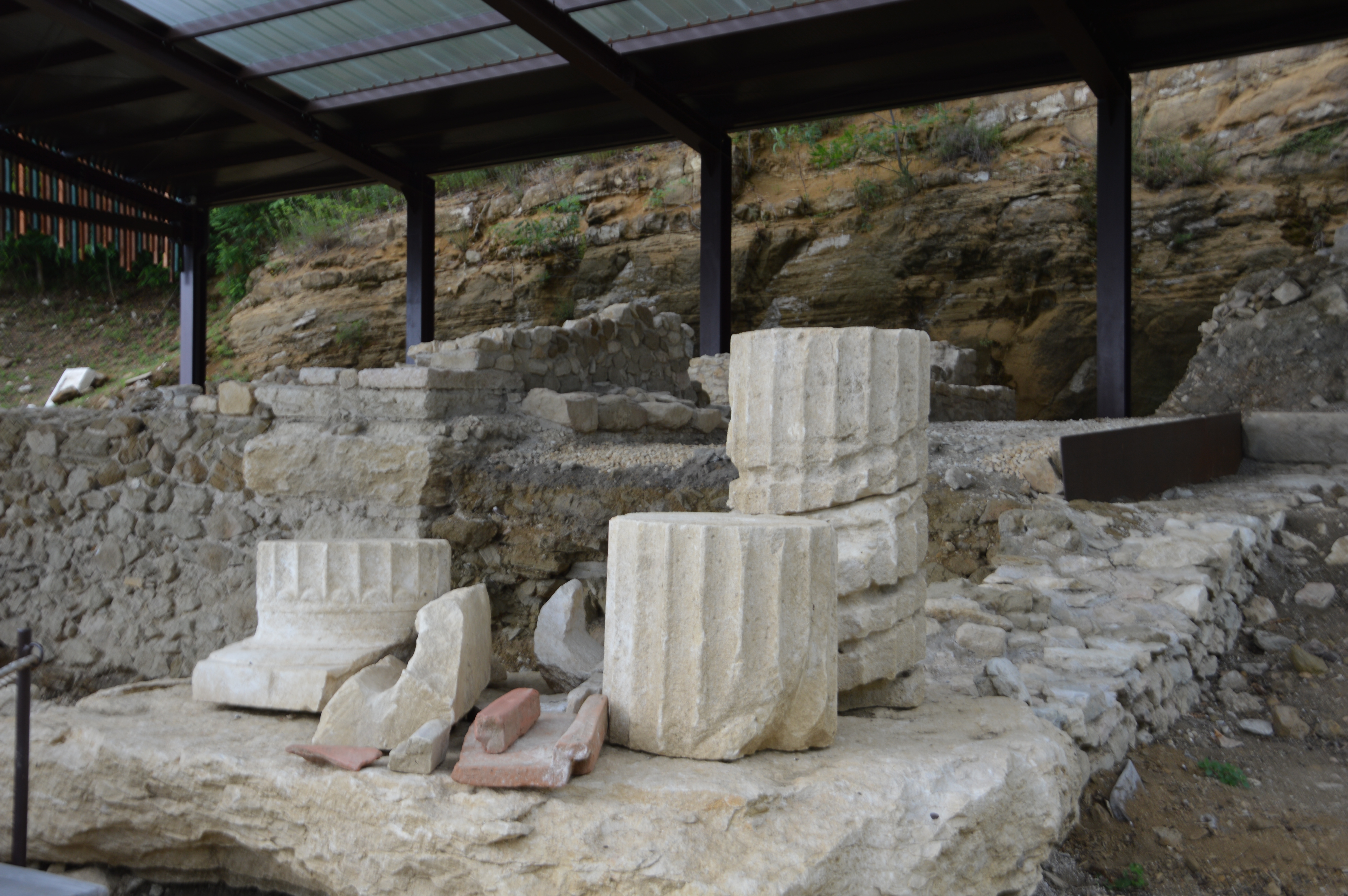
Ancient Valpolicella: the temple of Minerva in Marano
14 June 2023
Today we want to tell you about a hidden pearl in the heart of Valpolicella, which testifies to how special this territory was even before the arrival of the Romans. We are talking about the temple of Minerva, on Monte Castellon in Marano di Valpolicella. Active as a sanctuary since the Iron Age, it was more valued and enlarged in the late Republican and Imperial age, until it was abandoned in the early Middle Ages, due to a fire that caused the roof to collapse. The building remained buried for centuries, and the materials were removed by the inhabitants of the area to build their houses, until, in 1835, the Veronese scholar Giovanni Girolamo Orti Manara brought it to light following accurate antiquarian and toponymic research. The uncovered structures remained in sight until the 1920s, when they were buried again for the construction of the characteristic terraces of the hilly vineyards of Valpolicella (marogne). The sacred area was brought to light again in 2007 and during the subsequent excavation campaigns (2010 and 2013), thanks to the collaboration between the Superintendence for Archaeological Heritage of Veneto and the Municipality of Marano di Valpolicella, and the involvement of the local population. The ambitious project to rediscover and enhance the temple has already made it possible to identify three consecutive phases of use, although the area has not been entirely investigated yet.
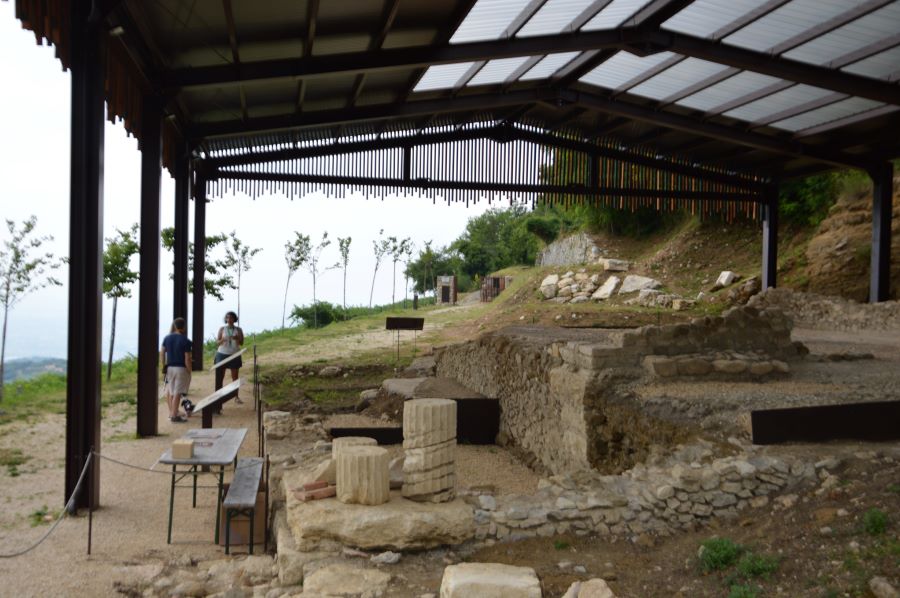
First phase
The oldest phase of the sanctuary can be referred to the Iron Age (6th-2nd century BC). The votive area developed from a rocky ledge on the eastern side of the mountain, in correspondence with a crack in the rock from which water flowed. A natural depression made it possible to convey the water into a basin used for ablutions and the placing of votive offerings. In the sacred area were also identified the remains of a fire worship place. Here, remains of oak and maple wood coals, wheat seeds, barley, grapes, hazelnuts and small fragments of bread and focaccia, suggest a cult linked to nature and the earth. The discovery of bronze rings, brooches, pendants, and ceramic fragments give us further information on the dating of the sacred place, to be placed between the 6th century BC and the end of the 2nd century BC.
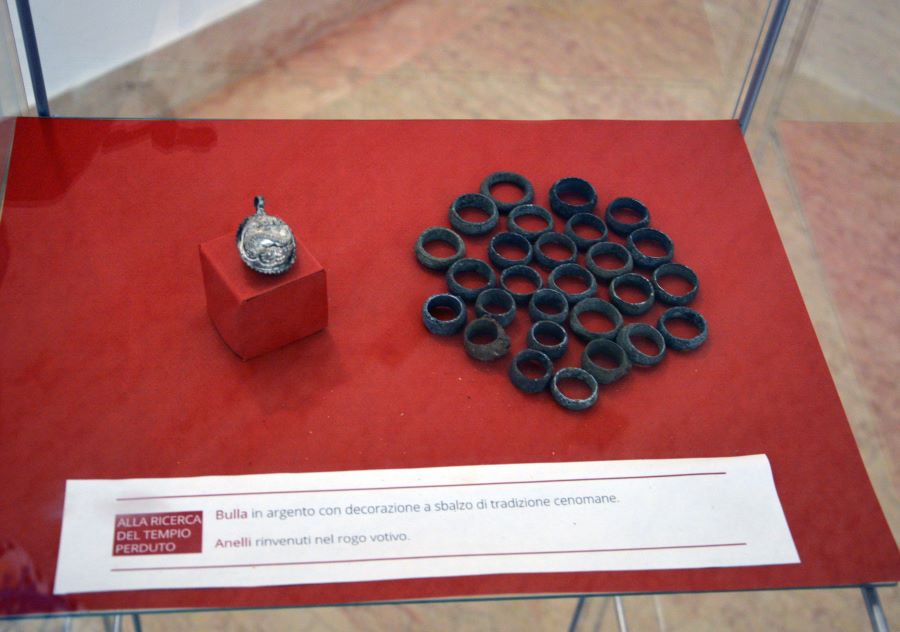
Second phase
Towards the end of the 2nd century BC, the votive area of Marano, at the time inhabited by a people called Arusnates, acquired greater importance, and a new masonry temple with a tiled roof were built on the old place of worship. We don't know much about the plan of this building, as it largely lies under the more recent temple of the imperial age, but the floor and wall fragments found during the excavations tell us of a very refined decoration. The walls were in fact painted according to the "first Pompeian style", imitating marble decorations typical of Hellenistic palaces, framed by stucco pilasters crowned by capitals. In the lower part of one of the walls there was a decoration of wave-crest motiv, testifying to the still close link with the aquatic element, while on another wall there was a text in Latin painted characters (not deciphered yet), perhaps identifiable with the Fasti of a calendar. The presence of a calendar in the temple would testify to the great importance of the sanctuary at a political and religious level, confirmed moreover by the quality of the decorations, made by specialized workers from the central-Italic or Hellenistic area. It is likely a project desired by subjects of a high cultural level, which probably also marked a transformation of the cult, now addressed to the Roman goddess Minerva.
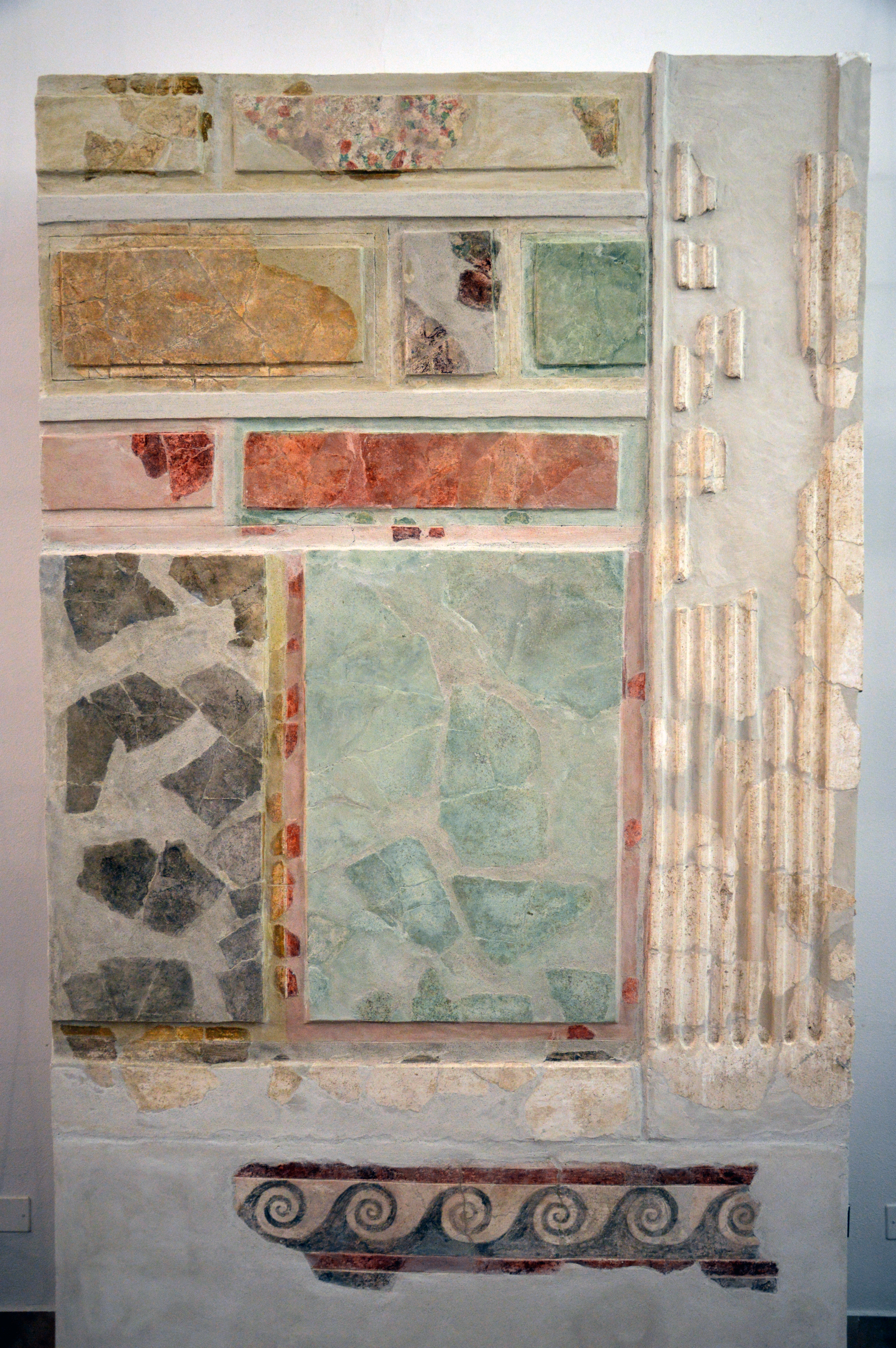
in "first Pombeian style"
Third phase
After about a century, the republican temple was replaced by a new cult building, characterized by a central quadrangular room about 8/9 meters high, with a small ritual basin in the north-west corner, paved in cement and surrounded by four lower galleries. This shape was unusual in the Italian world and is rather to be referred to the Celtic tradition of the Roman provinces of Gaul, Germany, and Britain. On three sides the outer corridors were open, with Doric colonnades and accessed by limestone stairways. The colonnade on the north side was partially closed by an opus reticulatum facing, a very rare technique in the area (the only example is at the Roman theater in Verona). The gallery on the hill side was narrower than the others and flanked by a channel built close to the rock face, and probably used for ablutions.
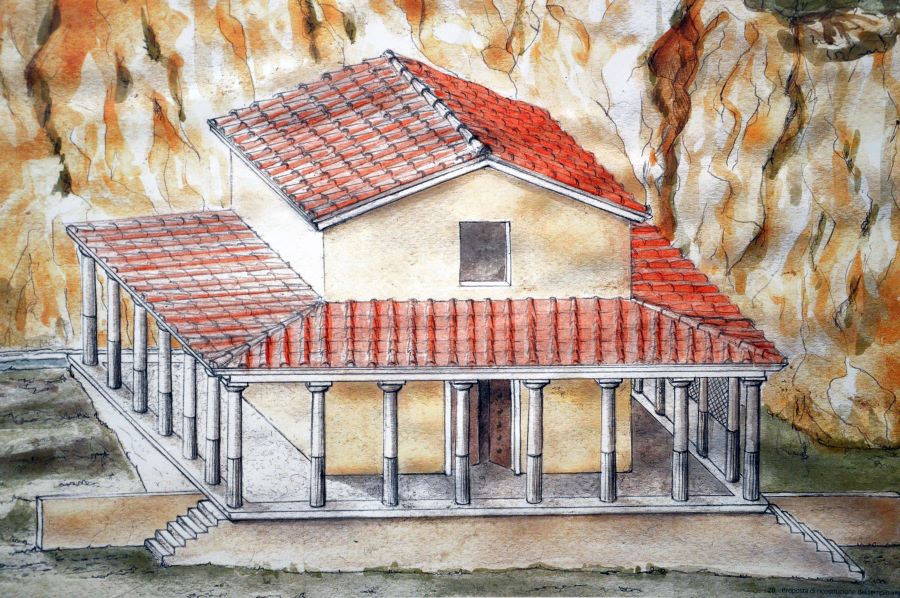
(drawing by S. Melato)
During the nineteenth-century excavations, bronze rosettes were found inside the building which decorated the entrance door, as well as some bases and altars with inscriptions dedicated to the Roman goddess Minerva. These inscriptions confirm us the name of the divinity venerated in the sanctuary and give us some information about the administration of the temple, managed by the city of Verona during the imperial age. Moreover, during the most recent excavations, some fragments of an enormous Greek marble statue were also found: a part of the left hand, a fragment of an armor and a piece of the crest of the helmet.
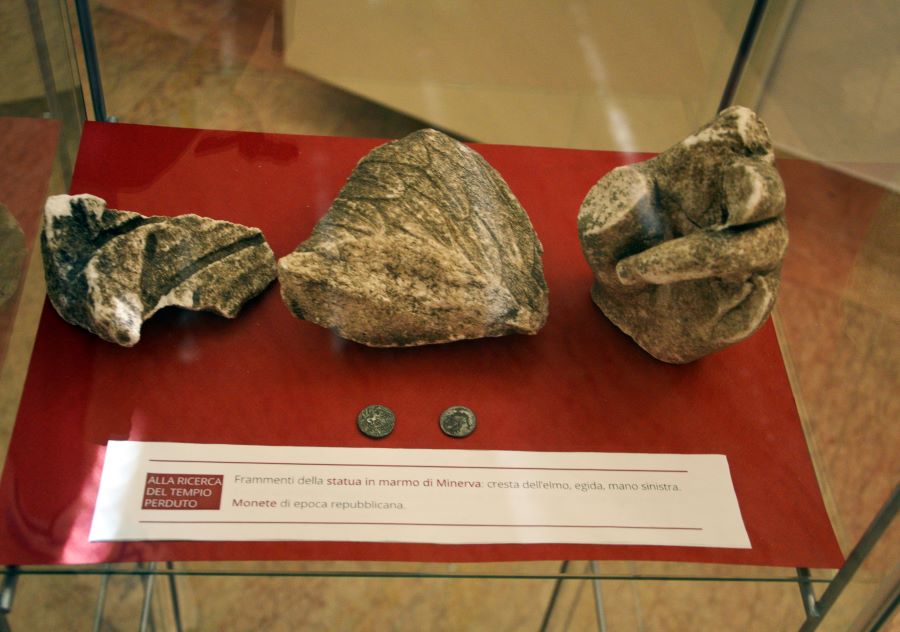
and left hand
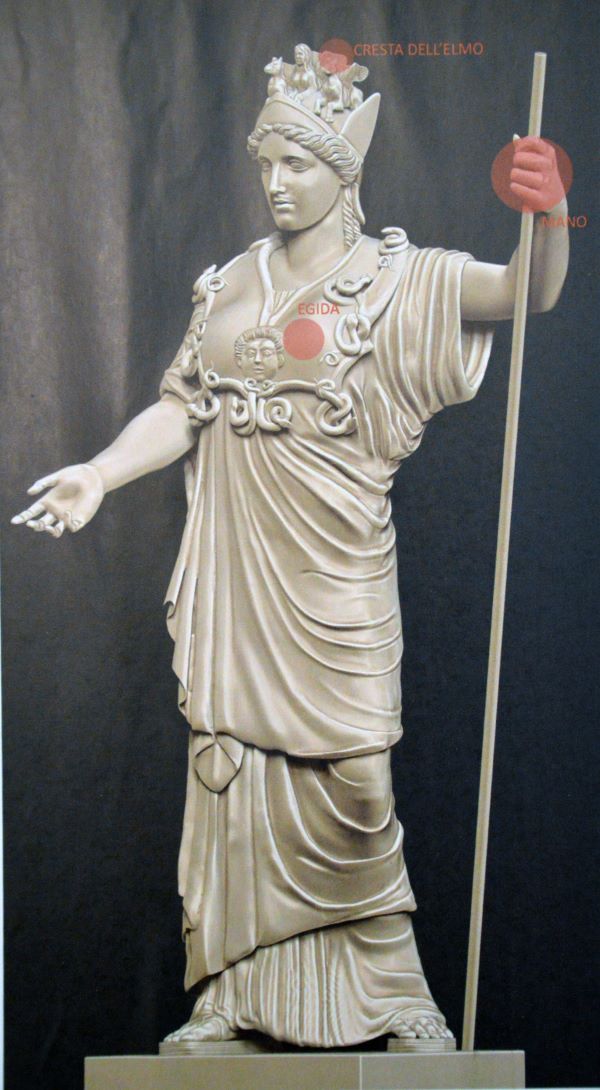
of the statue of Minerva
Today the temple of Minerva is an archaeological area open to the public and managed by the volunteers of the CTG Valpolicella Genius Loci association, which guarantees the opening every Saturday, Sunday and public holidays from April to October.
We at Pagus fell in love at first sight with this spectacular place full of history, which protects the Valpolicella Classica from above, and we decided to include it in our itineraries. Sign up for the "A taste of Valpolicella" or "A Sunday of Amarone" tour and contact us to check the availability to visit the temple even outside the opening hours to the public.
We can't wait to let you discover this enchanting site and the flavors of our territory!


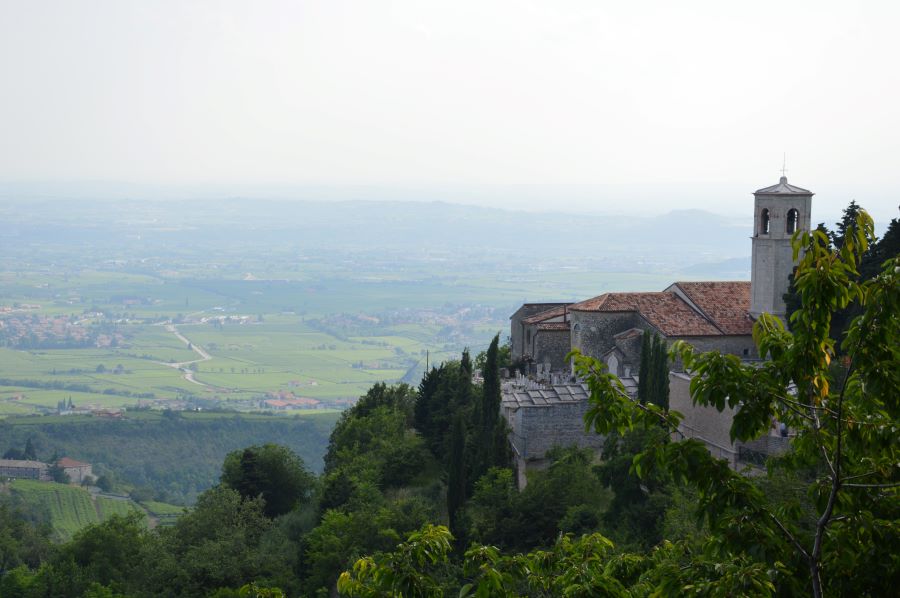



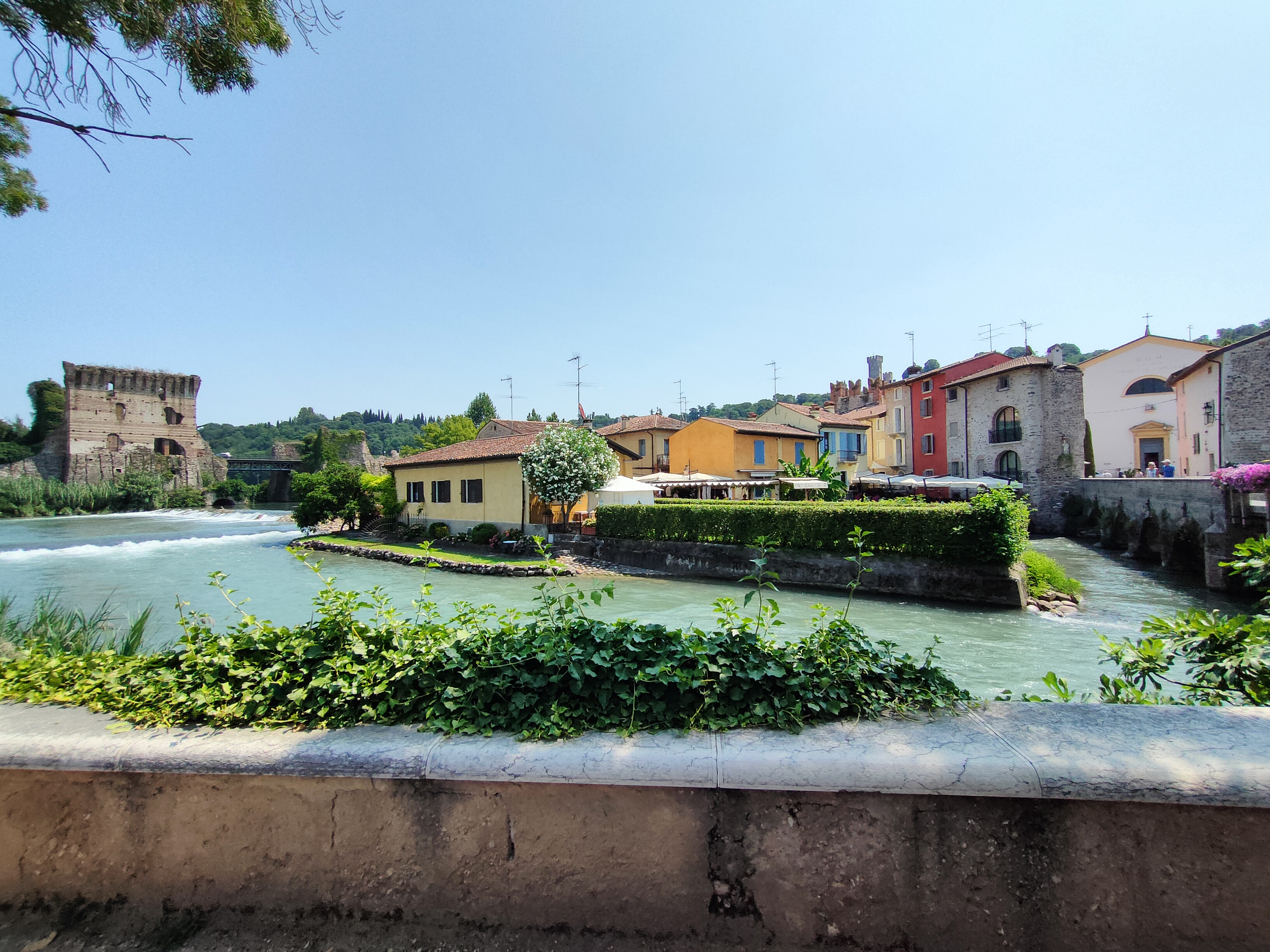
Leave a comment